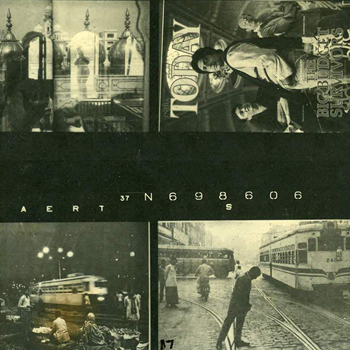The world of today is a world of images. Humankind continues to reveal the truth in mere images. Photographs teach us a new visual code; they alter and enlarge our motions of what is worth looking at and what we have a right to observe. They are a grammar and, even more importantly, an ethics of seeing. To collect photographs is to collect the world. and television programmes light up the walls and flicker. Movies and go out, but with still photographs, the image is also an object: lightweight, cheap to produce, easy to carry about, accumulate, and store. Photographs really are an experience captured, and the camera is the ideal arm of consciousness in its acquisitive mood.
Photographs furnish evidence. Something we hear about but doubt seems proven when we are shown a photograph of it. In one version of its utility, the camera recorder incriminates. A photograph passes for incontestable proof that a given thing happened. The picture may distort, but there is always a presumption that something exists or did exist that is similar to what is there in the picture. From the object to its image there is ofcourse a reduction *Extracts from "On Photography" by Susan Sontag in proportion, perspective, colour but at no time is this reduction a 'transformation'.Certainly the image is not reality, but at least it is its perfect 'analogon," and it is exactly this analogical perfection that, to common sense, defines the photograph. The act of photography is a gesture of sorts. Most subjects photographed are, just by virtue of being photographed, touched with pathos. To take a photograph is to participate in another person's (or thing's) mortality, vulnerability, and mutability.
